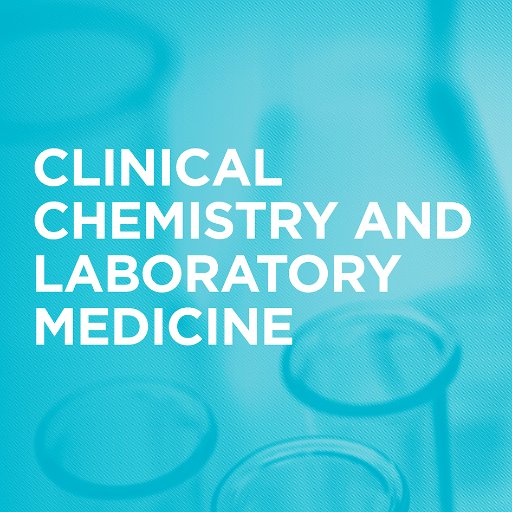
“Cannabidiol (CBD) is a cannabinoid of the cannabis plant devoid of intoxicating effects. It may be of therapeutic value in a large number of diseases, including epilepsy, anxiety disorders, depression, schizophrenic psychosis, inflammatory diseases, dystonia, nausea, and vomiting without causing relevant or severe side effects.
No biosynthetic enzyme or pathway exists in the human body to convert CBD to THC.
This short communication examines the question whether the experimental data presented in a study by Merrick et al. are of clinical relevance. These authors found that cannabidiol (CBD), a major cannabinoid of the cannabis plant devoid of psychotropic effects and of great interest for therapeutic use in several medical conditions, may be converted in gastric fluid into the psychoactive cannabinoids delta-8-THC and delta-9-THC to a relevant degree. They concluded that “the acidic environment during normal gastrointestinal transit can expose orally CBD-treated patients to levels of THC and other psychoactive cannabinoids that may exceed the threshold for a positive physiological response.” They issued a warning concerning oral use of CBD and recommend the development of other delivery methods.
However, the available clinical data do not support this conclusion and recommendation, since even high doses of oral CBD do not cause psychological, psychomotor, cognitive, or physical effects that are characteristic for THC or cannabis rich in THC. On the contrary, in the past decades and by several groups, high doses of oral CBD were consistently shown to cause opposite effects to those of THC in clinical studies. In addition, administration of CBD did not result in detectable THC blood concentrations.
Thus, there is no reason to avoid oral use of CBD, which has been demonstrated to be a safe means of administration of CBD, even at very high doses.”
https://www.ncbi.nlm.nih.gov/pubmed/28861499
http://online.liebertpub.com/doi/full/10.1089/can.2016.0036
“A Conversion of Oral Cannabidiol to Delta9-Tetrahydrocannabinol Seems Not to Occur in Humans.” https://www.ncbi.nlm.nih.gov/pubmed/28861507










